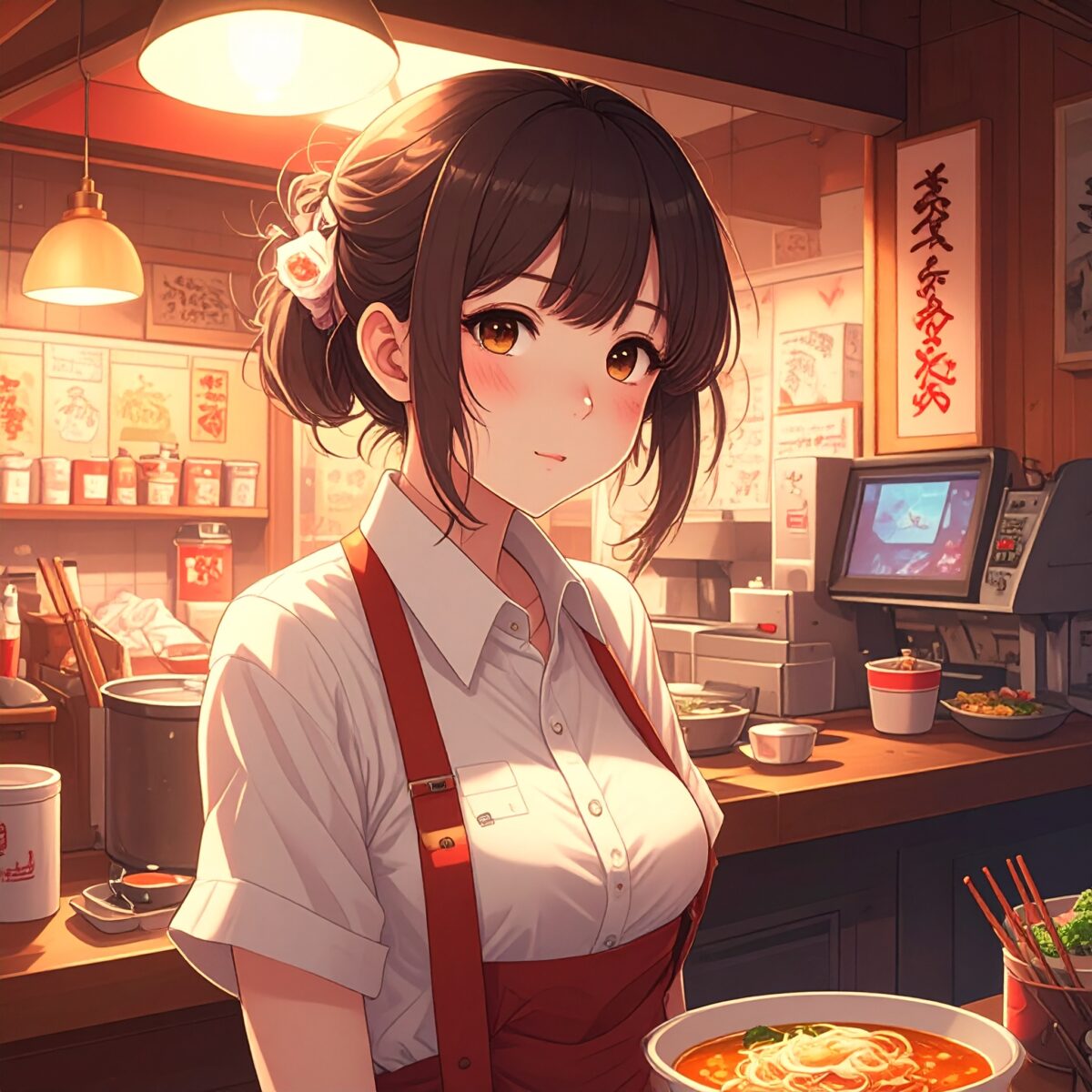Many visitors to Japanese ramen shops are taken aback by a simple rule: ordering side dishes like fried rice or gyoza by themselves may not be allowed. You might try to buy only side items and get turned away, or see signs on vending ticket machines stating, “Please refrain from ordering side menus without also ordering ramen.” While this seems perfectly normal to locals, it can feel baffling and even frustrating to those unfamiliar with the custom.
At the heart of this practice is the ethos of the ramen chef’s world. Ramen shops aren’t just places to eat—they are creative spaces where each bowl represents the chef’s philosophy and craft. Many owners believe passionately that ramen is the star of the show—and that ordering only sides disrupts the artistic intent behind the meal.
There’s also a practical reason: space is limited. Especially in busy city shops with only counter seats, turnover is vital. If a few people linger over a side dish during lunchtime, several ramen-hungry customers may miss out. To maintain fairness and ensure that those who came for ramen get served, some shops enforce these rules—balancing efficiency with respect for the craft.

Some visitors come away feeling confused—or even put off—by the fact that many ramen shops permit side dishes only if you order ramen too. Signs on ticket machines might politely say, “Please refrain from ordering side menus without also ordering ramen,” but offer little explanation. For many foreign guests, this seems abrupt or unfriendly. It’s a cultural difference, really — in Japan, it’s often assumed that some things simply go without saying, whereas Western cultures typically prioritize clear explanations and visible choices.
Yet change is stirring. As international tourism grows, more ramen shops are adopting English signage, giving clearer ticket‑machine instructions, and training staff to respond helpfully to tourists’ questions. Some now offer set menus or designated time slots when side dishes may be ordered a‑la‑carte—balancing local tradition with global hospitality.
At its core, this “no‑a‑la‑carte” policy isn’t about restriction — it’s about guiding you toward the best ramen experience possible. It grew from chefs who poured their hearts into perfecting that single bowl. Once you understand the intention behind the rule, even confusion gives way to appreciation. In that humble bowl of ramen, you’re tasting not just soup and noodles, but a quietly proud philosophy of discipline, artistry, and respect.




